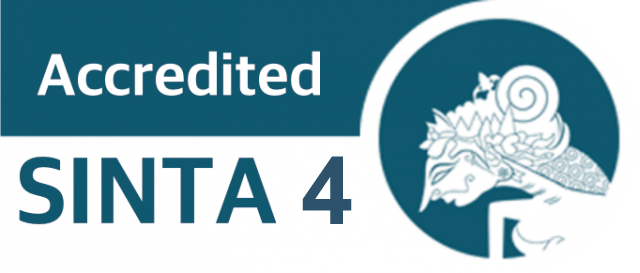Hepatoprotector Edible Flower in Indonesia: A Review
DOI:
10.29303/jpm.v20i3.8983Published:
2025-05-28Issue:
Vol. 20 No. 3 (2025)Keywords:
Edible Flower; Hepatoprotector; Hepatotoxicity; SGOT; SGPTArticles
Downloads
How to Cite
Downloads
Metrics
Abstract
Hepatotoxicity is an agent that causes damage to human liver function, and every year, cases of liver damage are increasing. Agents that cause liver damage, such as drugs (Paracetamol), chemicals, Carbon Tetrachloride (CCL4), cause liver damage, which is characterized by an increase in the liver enzymes Serum Glutamic Oxaloacetic Transaminase (SGOT) and Serum Glutamic Pyruvic Transaminase (SGPT). Giving natural ingredients such as edible flower extracts (hepatoprotectors) can reduce SGOT and SGPT levels in liver damage (Hepatoxicity). Indonesia is a country rich in biodiversity, including edible flowers. Therefore, the purpose of this study was to analyze edible flowers that grow in Indonesia and have hepatoprotective activity. This research method is based on a Google Scholar search for the last 5 years (2024-2020) with a keyword search for herbal plants that grow in Indonesia, then selected edible flowers, and a search for edible flowers, then selected edible flowers that act as hepatoprotective. From the search results, edible flowers that act as hepatoprotectors were obtained, namely, Rosella Flower (Hibiscus sabdariffa), Pagoda Flower (Clerodendrum paniculatum L.), Water Hyacinth Flower (Eichhornia crassipes), French Marigold Flower (Tagetes Patula) and Butterfly Pea Flower (Clitoria ternatea), which grow abundantly in Indonesia. Based on the content of active edible compounds, namely flavonoids, anthocyanins, tannins, alkaloids, saponins, terpenoids, phenolic acids and carotenoids, with flavonoids being the most dominant found in all edible flowers. And among the 5 edible flowers as hepatoprotective, only 2 are the most familiar in Indonesia, namely Rosella Flower (Hibiscus sabdariffa) and Butterfly Pea Flower (Clitoria ternatea), so it can be concluded that the most familiar hepatoprotective edible flowers in Indonesia are Rosella Flower (Hibiscus sabdariffa) and Butterfly Pea Flower (Clitoria ternatea).
Author Biographies
I Nyoman Bagus Aji Kresnapati, Pharmacy Study Program, Faculty of Health, Bumigora University
Salsabila Yunita Kurniawan, Pharmacy Study Program, Faculty of Health, Bumigora University
Novitarini Novitarini, Pharmacy Study Program, Faculty of Health, Bumigora University
Baiq Yulia Hasni Pratiwi, Pharmacy Study Program, Faculty of Health, Bumigora University
License
Copyright (c) 2025 I Nyoman Bagus Aji Kresnapati, Salsabila Yunita Kurniawan, Novitarini Novitarini, Baiq Yulia Hasni Pratiwi

This work is licensed under a Creative Commons Attribution 4.0 International License.
The following terms apply to authors who publish in this journal:
1. Authors retain copyright and grant the journal first publication rights, with the work simultaneously licensed under a Creative Commons Attribution License 4.0 International License (CC-BY License) that allows others to share the work with an acknowledgment of the work's authorship and first publication in this journal.
2. Authors may enter into separate, additional contractual arrangements for the non-exclusive distribution of the journal's published version of the work (e.g., posting it to an institutional repository or publishing it in a book), acknowledging its initial publication in this journal.
3. Before and during the submission process, authors are permitted and encouraged to post their work online (e.g., in institutional repositories or on their website), as this can lead to productive exchanges as well as earlier and greater citation of published work (See The Effect of Open Access).











